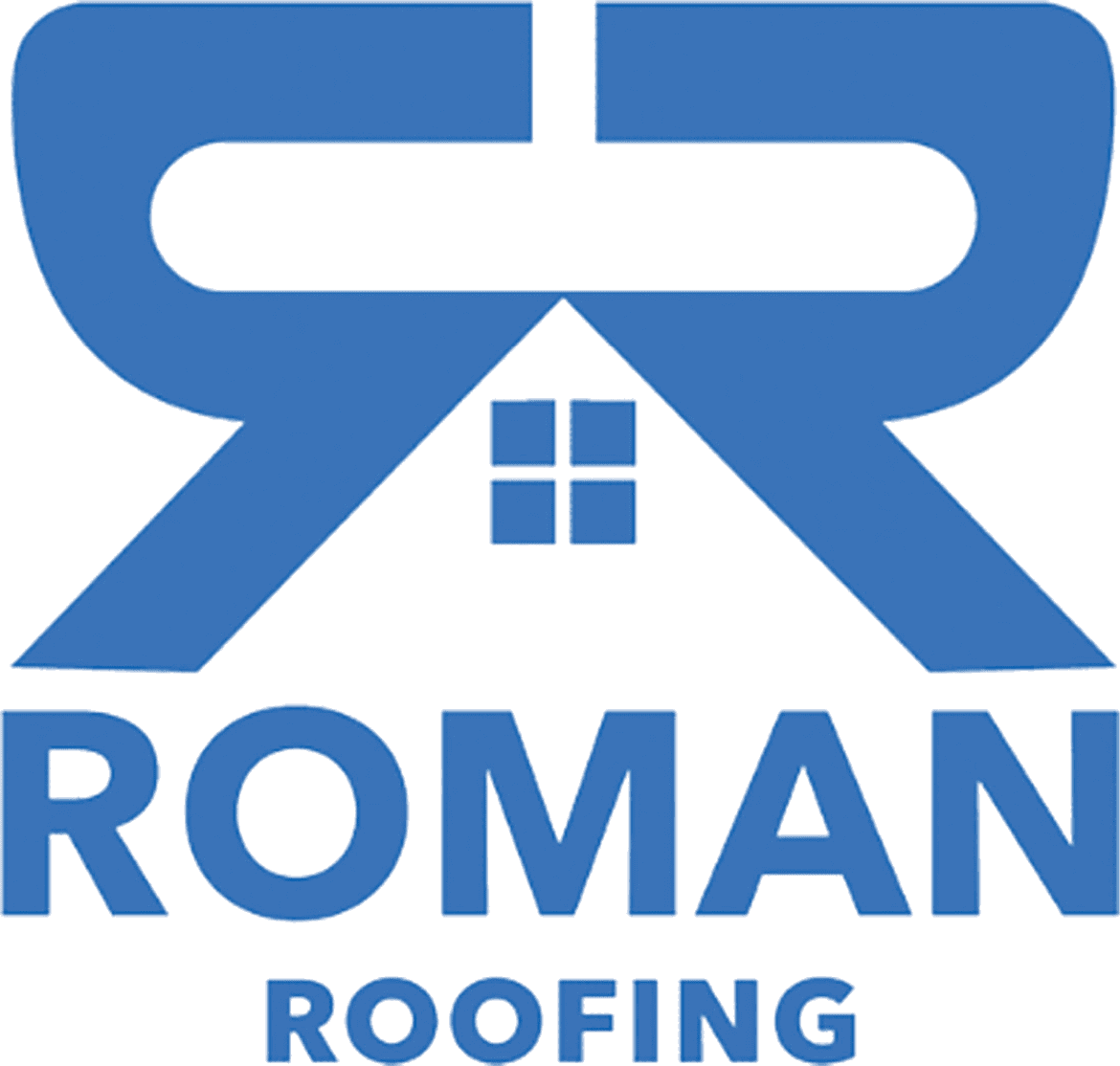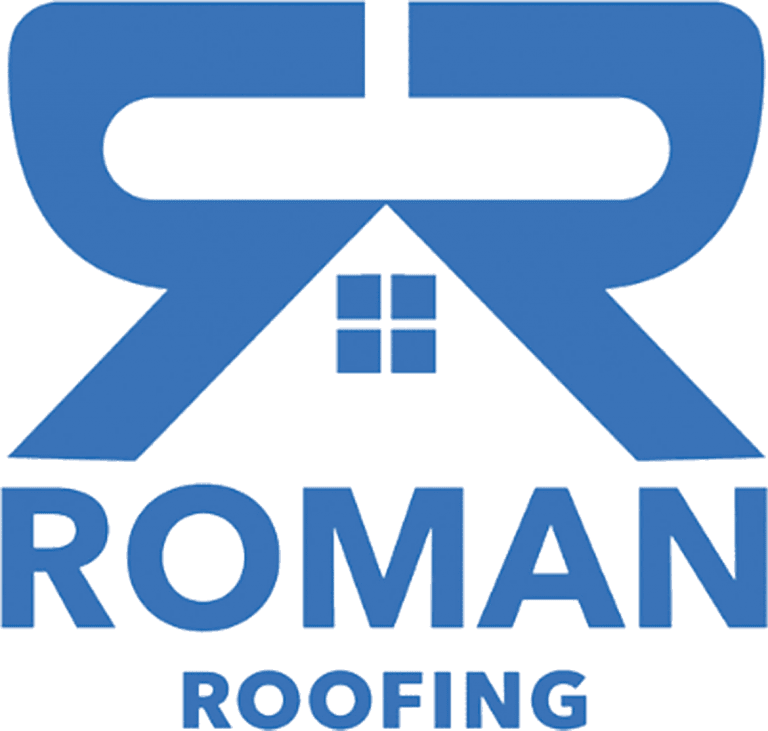Roofing designs often pay homage to historical and cultural traditions. Whether it’s the terracotta tiles that grace Mediterranean villas or the ornate domes found in Byzantine architecture, these styles serve as a testament to the rich tapestry of architectural history. Companies like Roman Roofing often incorporate these traditional elements into modern designs, creating a seamless blend of the old and new.
The Essence of Modern Minimalism
Contemporary architecture frequently embraces clean lines and simplicity. Flat roofs, sleek metal surfaces, and monochromatic color palettes epitomize this minimalist aesthetic. This modern approach contrasts sharply with the ornate and intricate designs of historical roofs, offering a fresh perspective on roofing aesthetics.
The Color Palette: More Than Just a Visual Element
The choice of roofing color can dramatically alter a building’s overall appearance. From the rustic allure of red cedar shingles to the contemporary elegance of graphite gray metal roofs, color serves as a critical element in architectural aesthetics. The About Us page on Roman Roofing offers insights into how color choices can align with your architectural vision.
Textural Complexity: A Tactile Experience
Texture adds an additional layer of complexity to roofing designs. Whether it’s the rugged surface of slate tiles or the smooth finish of copper, these tactile elements significantly enhance the roof’s visual appeal. Texture not only adds depth but also creates a unique sensory experience, making each roof distinct.
Geometric Intricacies: The Art of Shape and Form
Roofs can serve as canvases for geometric creativity. From herringbone patterns to diamond-shaped tiles or hexagonal shingles, geometry plays a pivotal role in roofing aesthetics. These intricate patterns add a layer of sophistication, transforming the roof into a visual masterpiece.
Green Roofs: Where Nature Meets Architecture
Green roofs represent the perfect marriage of aesthetics and sustainability. Adorned with a variety of vegetation, from simple grasses to elaborate gardens, these living roofs offer both environmental benefits and visual appeal. They not only act as natural insulators but also contribute to urban biodiversity, making them a popular choice for eco-conscious homeowners.
Skylights and Architectural Openings
Incorporating skylights or roof windows enhances natural lighting and serves as an architectural focal point. Whether it’s expansive glass panels or intricate stained glass designs, these openings influence both the interior and exterior aesthetics, adding a touch of elegance and functionality.
Multi-layered Complexity: Adding Depth and Function
Some roofing designs feature multiple layers or levels, adding both visual interest and functional space. Terraced roofs can accommodate gardens, patios, or even pools, transforming the roof into a multi-functional living space.
Harmonizing with the Environment
In certain designs, the roof integrates seamlessly with its natural surroundings. Whether it’s a coastal home with a wave-like roof or a mountain cabin that mimics the rugged terrain, these designs show how a roof can be both functional and aesthetically pleasing.
The Roof as an Artistic Canvas
In some cases, roofs serve as platforms for artistic expression. From mosaic designs and painted tiles to sculptures, these artistic elements transform the roof into a piece of art, making a bold architectural statement.
In Conclusion
The realm of roofing aesthetics is where functionality intersects with artistry. Every element, from the choice of material to the color palette, reflects the architect’s vision, the homeowner’s personality, and the cultural nuances of a region. As we continue to appreciate these architectural marvels, we are reminded of the timeless beauty of roofs and their profound influence on design. For more information on how to bring your roofing vision to life, visit Roman Roofing’s Contact Us page.

